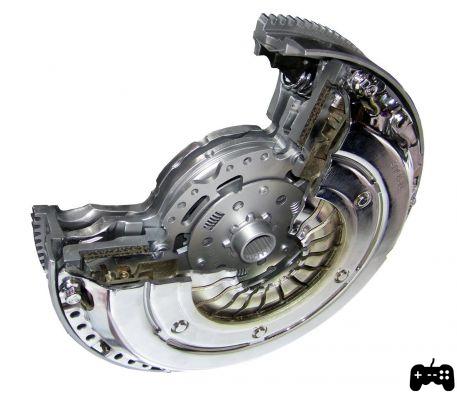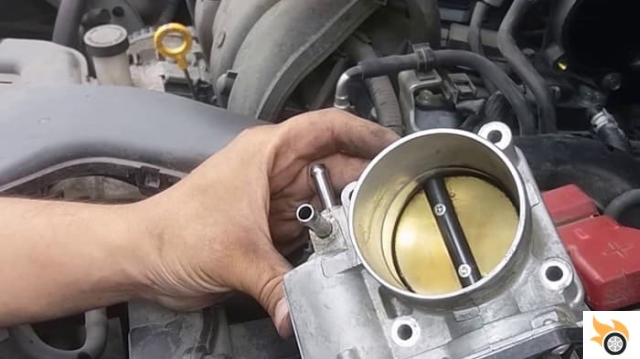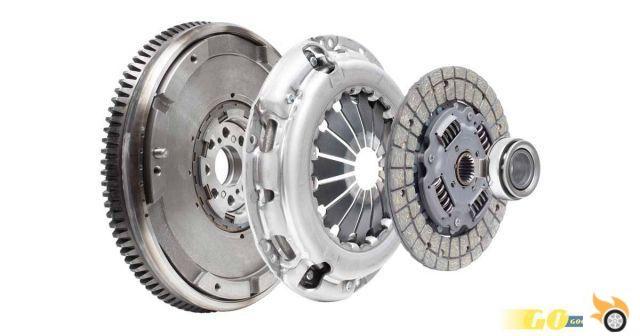
The flywheel is an essential component in vehicle engines. Its main function is to store kinetic energy and release it when necessary to keep the engine running smoothly. In this article, we will explore in detail what a flywheel is, what it is for, and how it works in cars.
What is the flywheel?
The flywheel is a heavy disc that is attached to the engine crankshaft. It is designed to spin at high speeds and store kinetic energy. It is composed of an outer ring of steel and an inner core of cast iron or steel. The flywheel is located at the rear of the engine, near the clutch.
What is the flywheel used for?
The flywheel serves several important functions in a vehicle's engine. The main one is its ability to store kinetic energy. When the engine is running at high revs, the flywheel stores this energy and gradually releases it when the engine needs an extra boost, such as when accelerating or going uphill.
Another function of the flywheel is its ability to smooth out engine operation. Thanks to its weight and inertia, it helps reduce vibrations and motor speed fluctuations, resulting in smoother, quieter operation.
How does the flywheel work?
The flywheel works by taking advantage of the principle of conservation of energy. When the engine is running, the flywheel spins at high speeds and stores kinetic energy. This energy is transferred to the flywheel via the crankshaft and is stored in its mass and speed of rotation.
When the engine needs an extra boost, such as when accelerating, the flywheel releases stored energy. The kinetic energy is transferred back to the crankshaft and helps keep the engine moving without sudden fluctuations in speed.
Types of flywheels
There are different types of flywheels used in vehicle engines. Some of the most common are:
single mass flywheel
This type of flywheel consists of a single heavy disc. It is the most basic type and is used in low power engines.
dual mass flywheel
This type of flywheel consists of two heavy discs linked by a spring. Provides better balance and smoothness in engine operation.
dual mass flywheel
This type of flywheel consists of two heavy discs separated by a spring. Provides a higher level of smoothness and reduces engine vibrations.
Flexible mass flywheel
This type of flywheel consists of a heavy disc with a rubber or rubber crown. Provides greater vibration absorption capacity and reduces engine noise.
Frequently Asked Questions
What is the useful life of a flywheel?
The useful life of a flywheel can vary depending on the type of vehicle and the use to which it is subjected. In general, it is estimated that a flywheel can last between 150,000 and 200,000 kilometers. However, it is important to perform proper maintenance and watch for any signs of wear or malfunction.
What problems can a faulty flywheel cause?
A faulty flywheel can cause various problems with engine operation. Some of the more common symptoms include excessive vibration, difficulty changing gears, strange noises coming from the engine, and loss of power. If any of these problems are detected, it is advisable to take the vehicle to a specialized workshop for inspection and possible replacement of the flywheel.
Conclusion
The flywheel is an essential component in vehicle engines. Its function of storing kinetic energy and releasing it when needed helps keep the engine running smoothly. Plus, its ability to smooth out vibrations and engine speed fluctuations contributes to quieter, more comfortable operation. Knowing how the flywheel works and being attentive to any signs of wear or malfunction will allow us to keep our vehicle in optimal conditions.
Until next time.


























